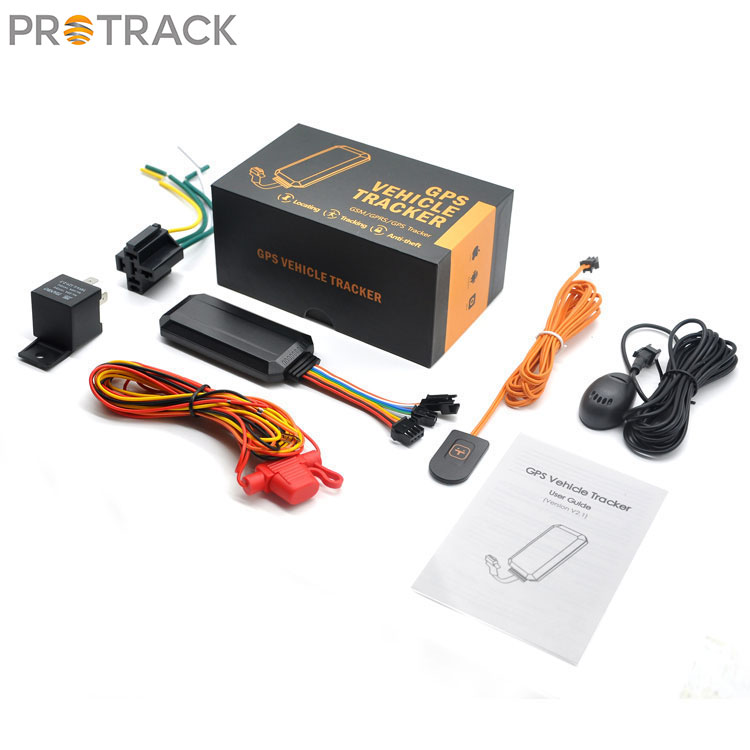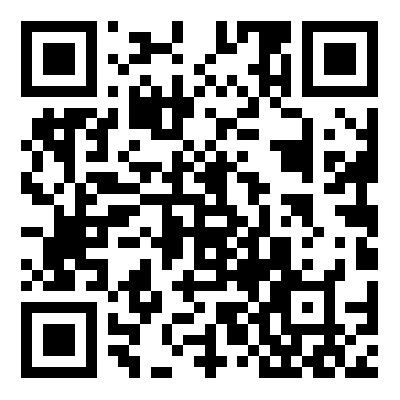Connecting the Dots: Understanding Connectivity in Real-Time Tracking GPS Trackers
2024-05-13
Real-time tracking GPS trackers have become indispensable tools for businesses and individuals seeking to monitor assets, vehicles, and loved ones with precision and immediacy. Central to their functionality is the ability to transmit location data seamlessly and reliably. But what type of connectivity underpins this essential feature? Let's delve into the various connectivity options utilized by real-time tracking GPS trackers:
Cellular Connectivity:
One of the most common connectivity options employed by real-time tracking GPS trackers is cellular connectivity. These devices leverage existing cellular networks, such as GSM, 3G, 4G, or even emerging 5G networks, to transmit location data to a central server or user interface. By utilizing SIM cards and data plans, real-time tracking GPS trackers establish a continuous communication link, enabling live updates on the target's location.
- Advantages: Cellular connectivity offers widespread coverage, allowing GPS trackers to operate in remote areas or areas with limited GPS signal reception. It also enables real-time tracking capabilities, ensuring timely updates on the target's whereabouts.
- Considerations: While cellular connectivity provides broad coverage, it may incur subscription fees or data charges depending on the chosen service plan. Additionally, network congestion or coverage gaps in certain areas may impact the reliability of data transmission.
Satellite Connectivity:
In scenarios where cellular networks are unavailable or impractical, real-time tracking GPS trackers may utilize satellite connectivity to transmit location data. These devices communicate directly with satellite constellations, such as GPS, GLONASS, Galileo, or BeiDou, to relay location information to the user interface or central server. Satellite connectivity is particularly useful in remote or off-grid environments, such as oceans, deserts, or polar regions, where traditional cellular networks may be inaccessible.
- Advantages: Satellite connectivity offers global coverage, ensuring uninterrupted tracking capabilities in virtually any location on Earth. It is ideal for applications requiring tracking in remote, isolated, or challenging terrain where cellular networks are unavailable.
- Considerations: Satellite connectivity typically incurs higher upfront costs and subscription fees compared to cellular-based solutions. Additionally, satellite communication may introduce latency or limitations in data transfer speeds compared to terrestrial networks.
Hybrid Connectivity:
Some advanced real-time tracking GPS trackers leverage hybrid connectivity solutions, combining both cellular and satellite communication capabilities. These hybrid devices automatically switch between cellular and satellite networks based on factors such as signal strength, availability, and user-defined preferences. By harnessing the strengths of both connectivity options, hybrid GPS trackers offer robust coverage, reliability, and flexibility in various operating environments.
- Advantages: Hybrid connectivity provides the best of both worlds, offering broad coverage through cellular networks and global reach via satellite communication. It ensures uninterrupted tracking capabilities across diverse geographic regions and operating conditions.
- Considerations: Hybrid GPS trackers may involve higher initial investment costs and ongoing subscription fees due to the combined features and functionalities. However, the enhanced reliability and flexibility provided by hybrid connectivity justify the additional expense for many users.
Conclusion: Navigating Connectivity Options in Real-Time Tracking GPS Trackers
In conclusion, real-time tracking GPS trackers utilize various connectivity options, including cellular, satellite, and hybrid solutions, to transmit location data reliably and efficiently. Whether operating in urban environments, remote wilderness, or on the open sea, these devices offer unparalleled visibility and control over assets, vehicles, and individuals. By understanding the strengths and considerations of each connectivity option, users can choose the most suitable solution to meet their tracking needs and achieve peace of mind in an increasingly interconnected world.



